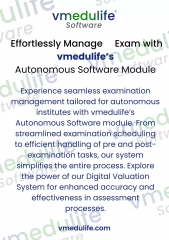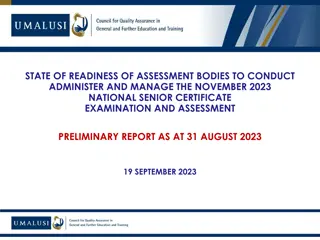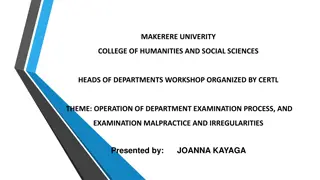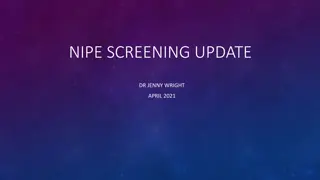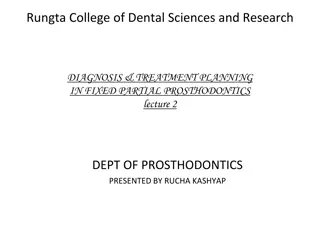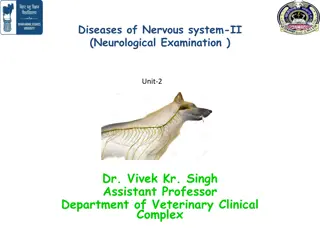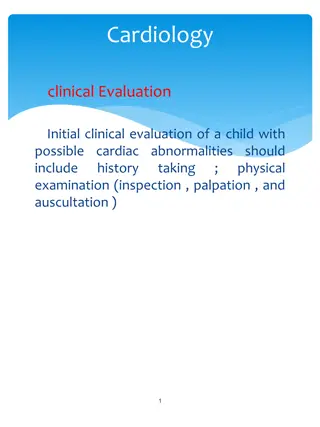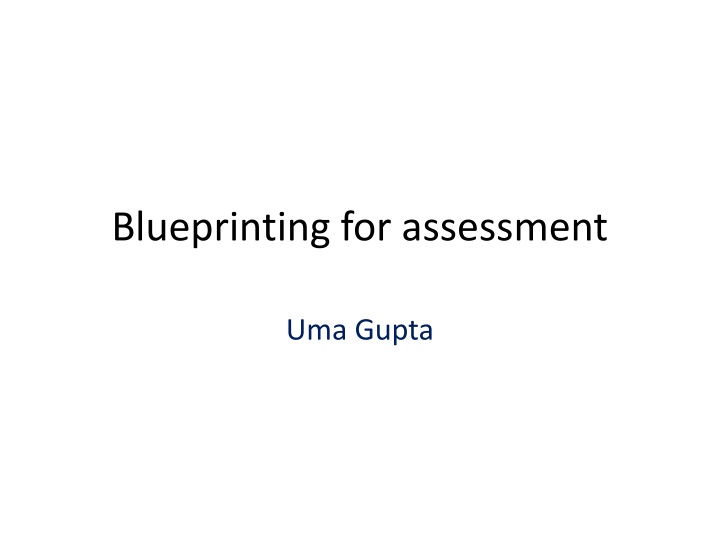
Effective Examination Blueprinting
Blueprinting is a crucial process in assessment where test content aligns with learning objectives. The examination blueprint specifies tested objectives and their weights, ensuring fair representation. Follow a step-by-step approach to develop a test blueprint in an integrated curriculum. By mapping tasks to diseases and assigning weights, a valid examination is created.
Download Presentation

Please find below an Image/Link to download the presentation.
The content on the website is provided AS IS for your information and personal use only. It may not be sold, licensed, or shared on other websites without obtaining consent from the author. If you encounter any issues during the download, it is possible that the publisher has removed the file from their server.
You are allowed to download the files provided on this website for personal or commercial use, subject to the condition that they are used lawfully. All files are the property of their respective owners.
The content on the website is provided AS IS for your information and personal use only. It may not be sold, licensed, or shared on other websites without obtaining consent from the author.
E N D
Presentation Transcript
Blueprinting for assessment Uma Gupta
Blueprinting refers to the process where test content is carefully planned against the learning objectives.
The examination blueprint specifies the objectives that are to be tested in the given examination as well as their relative weight on the examination.
A proper blueprint - first crucial step in developing a valid examination and must not be overlooked. It will ensure fair representation of all the important curricular objectives in the examination.
simplified step-by-step approach to developing a test blueprint in an integrated curriculum 1. Create a table with major systems (cardiovascular, respiratory, etc.) on the top row and physician tasks (history taking, data interpretation, management, etc.) on the left-most column 2. Determine the major disease or presenting problem of interest for each system 3. Determine the weight to be assigned to each problem 4. Map the physician's task against the disease or presenting problem 5. Make sure that there is a cross-mark for each column and each row
A simplified approach to examination blueprint development in an integrated curriculum.
A simplified approach to examination blueprint development in an integrated curriculum.
A simplified approach to examination blueprint development in an integrated curriculum.


